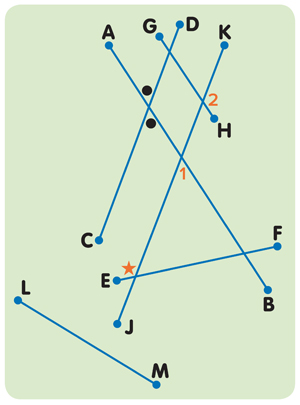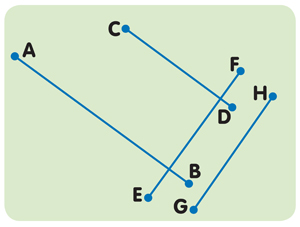We’ve got a terrapin on the runway!” During the summer, this is a common message pilots radio in while landing at John F. Kennedy (JFK) International Airport in New York City.
The airport is one of the busiest travel hubs in the U.S. It’s also right next to a body of water called Jamaica Bay. During the summer, female terrapins come ashore looking for a sandy spot to lay their eggs. Sometimes the turtles wander onto the runways.
We’ve got a terrapin on the runway!” This is a common message pilots say on the radio during summer. It happens when pilots land at John F. Kennedy (JFK) Airport in New York City.
This airport is one of the busiest travel hubs in the U.S. It’s also right next to a body of water called Jamaica Bay. Female terrapins come ashore during summer. They’re looking for a sandy spot to lay their eggs. Sometimes the turtles wander onto the runways.


